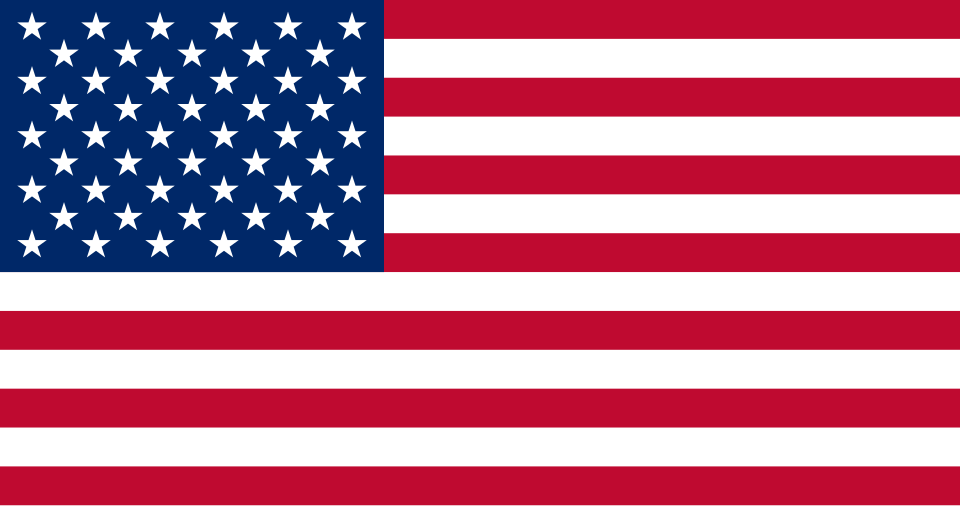
TL;DR
Ovi I2V is transforming the way organizations turn images into high-quality videos using advanced artificial intelligence. This article breaks down what Ovi I2V image-to-video solutions are, why they matter, key trends, and offers actionable strategies and real-world use cases for maximizing value through AI-powered visual content automation.
ELI5 Introduction
Imagine you have a coloring book full of beautiful pictures. Ovi I2V is like a super-smart robot that can take your favorite picture and turn it into a movie all by itself. This robot uses something called artificial intelligence to guess what the next pictures might look like, adding movement, action, and life to a simple photo. Grown-ups use these kinds of robots to make cool videos fast, help companies share ideas, and save time that would be spent making videos by hand.
Detailed Analysis
Understanding Ovi I2V and Image-to-Video Technology
Ovi I2V, short for image-to-video, is at the leading edge of AI-driven content creation systems. These solutions harness deep learning and generative AI models to animate static images, automating a process that once required extensive manual effort and technical skill. Ovi I2V platforms analyze input images, extrapolate motion dynamics, and generate video sequences that appear seamless and natural.
Integrating Ovi I2V image-to-video capabilities into creative workflows results in higher efficiency and reduced resource allocation. Enterprises can convert pre-existing marketing images, product visuals, or design assets into immersive video content in a fraction of the original time.
AI Video Generation Market Landscape
The AI-powered video generation market is rapidly expanding across industries such as retail, advertising, entertainment, and education. Businesses recognize the growing demand for engaging, personalized video content as digital channels continue to dominate. Generative AI models like those powering Ovi I2V platforms have dramatically improved in both fidelity and creative flexibility, allowing brands to deploy rich, customized video content at scale.
Real-world adoption can be observed in:
- E-commerce: Brands use AI-generated product videos to improve conversions and customer engagement on digital storefronts.
- Digital Marketing: Agencies automate ad and social content production, cutting costs while increasing output.
- Entertainment: Studios experiment with generative AI to prototype motion sequences and storyboards quickly.
The Interplay of Visual Content Automation and Machine Learning
Modern image-to-video technology relies on a mix of neural networks, deep learning, and real-time data processing. Ovi I2V platforms typically employ advanced convolutional and generative neural architectures to:
- Analyze image features, textures, and lighting.
- Extrapolate possible next frames using predictive modeling.
- Seamlessly animate static visuals, resulting in high-quality, frame-accurate videos.
This AI-driven approach reduces reliance on expert animators and accelerates time to market for visual content.
Strategic Market Insights and Data-Driven Trends
The AI image-to-video landscape continues to evolve with:
- Accelerated development of multi-modal models that combine image, text, and audio understanding for richer videos.
- Growing investment in real-time generative AI video systems.
- Diversification into specialized verticals with tailored feature sets for e-commerce, education, and entertainment.
Competitive differentiation is now focusing on platform ease of use, output realism, and integration with existing digital asset ecosystems. The ability to automate customized video content at scale is becoming a decisive factor for brands seeking digital advantage.
Implementation Strategies
Integrating Ovi I2V in Business Workflows
Organizations integrating image-to-video solutions like Ovi I2V should consider:
- Assessment of Content Needs: Evaluate which visuals have the highest impact when converted to video, such as product demos or educational materials.
- Technical Onboarding: Work with cross-functional teams to ensure Ovi I2V integrates smoothly with internal content management and marketing platforms.
- Workflow Automation: Set up AI-powered video generation pipelines to automate previously manual steps, freeing up creative resources for high-level tasks.
Overcoming AI Adoption Challenges
To maximize outcomes, address common challenges such as:
- Data Quality: Ensure input images are high-resolution with clear context for best video results.
- Creative Oversight: Implement review processes so output aligns with brand voice and compliance.
- Training and Enablement: Upskill teams on new workflows and AI capabilities.
Measuring ROI
Organizations should set clear KPIs, such as turnaround time for video production, engagement metrics, and traffic growth on channels using AI-generated videos.
Best Practices & Case Studies
Industry Best Practices
- Content Personalization: Use machine learning-powered segmentation to create videos tailored for distinct audience groups.
- Testing and Optimization: Continuously test video assets for effectiveness in engagement and conversion.
- Brand Consistency: Ensure consistent style and messaging, using template-driven generation where possible.
Selected Case Studies
Retail Product Launch
A global apparel brand integrated Ovi I2V to convert catalog images into dynamic product feature videos. The result was a significant uplift in online engagement and reduced production cycle times as video assets were produced in a fraction of the traditional timeline.
Education and Training
An e-learning provider leveraged image-to-video automation to transform static lesson visuals into animated instructional content, improving learner retention and satisfaction according to post-campaign analytics.
Digital Marketing Agency
A digital marketing agency adopted AI-powered video generation to automate ad content for multiple campaigns simultaneously. This allowed the agency to meet strict deadlines with higher creative throughput and lower operational costs.
Actionable Next Steps
- Audit Existing Content Libraries: Identify which images could drive value as videos and prioritize conversion.
- Select an Image-to-Video Platform: Evaluate Ovi I2V solutions based on output quality, speed, integration flexibility, and support.
- Pilot and Measure: Run an initial pilot project with measurable goals, such as improved engagement or reduced turnaround time. Use findings to refine future rollout.
- Train Staff: Upskill content, marketing, and IT teams to optimize use of AI tools and drive adoption.
- Optimize and Scale: Build standardized, automated workflows to generate video content at scale, ensuring consistent results and easy maintenance.
Conclusion
Ovi I2V image-to-video technology is enabling organizations to create high-impact visual content faster and more efficiently through the latest advances in generative AI. By leveraging these systems, companies across industries are improving productivity, lowering costs, and delivering more engaging experiences to customers. Success depends on strategic implementation, ongoing measurement, and a commitment to best practices, unlocking the full potential of automated visual content generation in a digital-first world.
 USD
USD  Swedish krona (SEK SEK)
Swedish krona (SEK SEK)




















